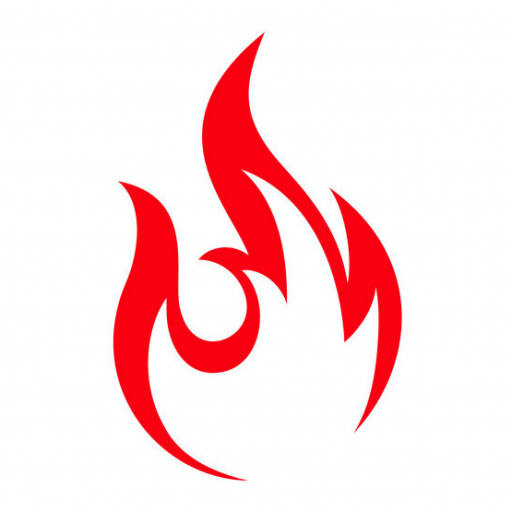The city of Santa Rosa, California, has created a great checklist for homeowners to use and review. At Wildfire Design & Build, we feel that rebuilding your home to be efficient and resilient does not to be strenuous. This article from our category, Wildfire Property Tips will provide you a few of those steps to consider.
A few highlighted options to consider for a new efficient and resilient home design.
Based on the current building codes. The 2016 California Building Code has created a safer building code for cities, counties, and building contractors to follow. With this in mind, new homes are now more durable and efficient to operate.
The Building Envelope or Building Shell
A key to a healthier and more comfortable home for homeowners is to construct a new home with fire-resistant exterior wall materials, such as either stucco or concrete siding from James Hardie. Also, the use of high-performance windows and doors can withstand high temperatures. Well-insulated walls and attic spaces will significantly help as well. By utilizing these products, homeowners can live healthier and safer when extreme weather hits. See the 2016 California Building Code, Part 2 Volume 1, Chapter 7 – Fire and Smoke Protection Features and chapter 7A – Materials and Construction Methods for Exterior Wildfire Exposer for additional information
Building Location
If you are building a new home and you are thinking about a possible new location for it on your property, consider the passive home design. What is passive home design? Well, generally it means that you are orienting your new home to use the sun’s energy for heating and cooling. A passive solar home design can reduce or elevate any need for mechanical heating or cooling, which then can save money. Additionally, it can also supply natural lighting during power outages.

Appliances, Electric or Gas?
Appliances have come a long way, not only in design but in efficiency as well! It is recommended that no matter what appliances you like to use, either electric or gas, you choose ultra-efficient appliances. Because of this, you will save money in the long run. Also, use the correct exhaust fans for ranges, cooktops, and ovens. This will keep unhealthy exhaust gases out of your new home.
Solar and Energy Storage
In today’s technical age, when building a new home it’s always a good idea to consider solar power as a power source in California. Solar power will provide power for your new home while saving money on your utility bills.
At Wildfire Design & Build, we always recommend to our clients, consider solar battery backup systems for their new homes. Such as Tesla’s Powerwall, a battery backup system that can provide the whole house continuous power during any power outage for 7+ days.
See additional information at Tesla Powerwall, web link provided. Also, see the “2022 Tesla Power Wall Review” with how much the Tesla Powerwall will cost and whether or not a Powerwall will work for your needs.
Water Use
With the continuing drought conditions in Sonoma and Napa Counties, consider high-efficiency water fixtures for your new home. The 2016 Guide to California Green Building Standards – Chapter 4, Section 4.303 Indoor Water Use is a very good source for the current residential water efficiency and conservation requirements.
Additionally, for the exterior area of your property, rainwater and greywater systems can help irrigate low-water landscaping.
These are just a few efficient and resilient home design suggestions for your new home that may be located in the counties of Napa and Sonoma.
For additional resources, click on the links below.
Santa Rosa Rebuilding Effort – www.SRCity.org/rebuild
Sonoma County Recovers – www.sonomacountyrecovers.org
County of Sonoma Energy and Sustainability Division – www.sonomacounty.ca.gov/energy
Sonoma-Marin Water Saving Partnership – www.savingwaterpartnership.org
Department of Energy – www.energy.gov/energysaver

